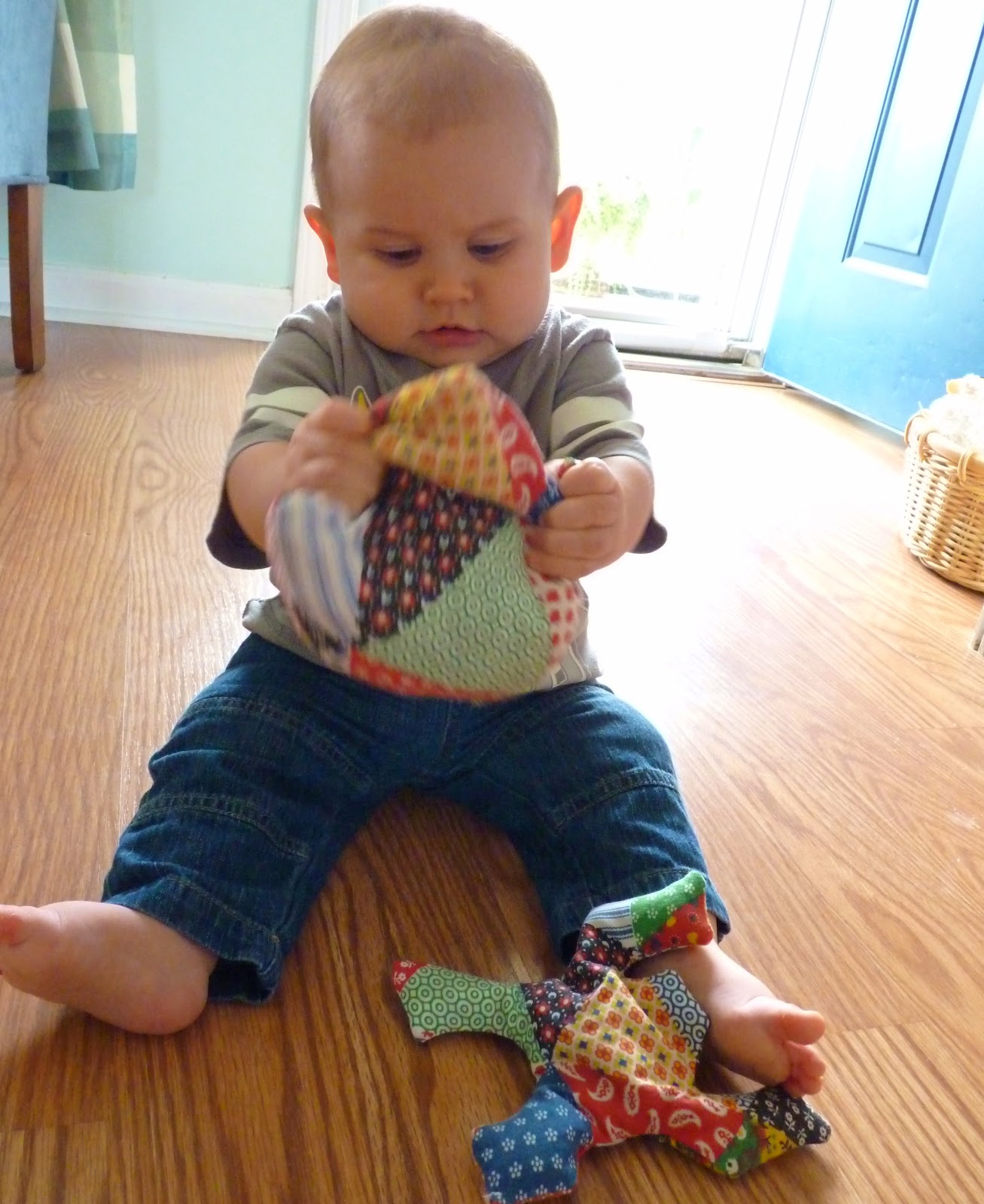At-Home Therapy Ideas
August 8, 2022
Subscribe To This Newsletter
 Looking for ways to fill the time inside at home? Check out these fun suggestions from therapists – and practice your own version of “stealth therapy” right in your living room!
Looking for ways to fill the time inside at home? Check out these fun suggestions from therapists – and practice your own version of “stealth therapy” right in your living room!
- If you have sliding glass doors in your home, pull out the washable markers and the shaving cream! Let your child experiment on the glass door – they’re easy to clean. “This is a creative way to work on movement while they’re playing. Encourage them to reach and get up on their tippie-toes.”
- Make a sensory bin! “Fill it with dried beans or rice and hide buried treasure inside. Work on communication and pretend play while your child practices becoming accustomed to different textures.”
- If your child is practicing how to communicate, use a speech-language pathologist’s favorite tool: a clear plastic container with a big lid. “Put a toy or snack inside. They can see it, but their hands are small so they can’t open the lid. Have them practice asking for the help they need.”
- Use a bed sheet as a swing! “Rather than just saying ‘ready, set, go’ have your child tell you what to do in order to activate the task. It helps them practice sequencing and provides more social engagement.”
- Use books – but try not reading to your child. Instead, focus on the pictures. “Many kids won’t listen to a story, but if you use pictures and engage with them to tell a story together, this can build more positive experiences around books.”
- Even more fun? Make your own book together! “This is a creative way to build communication skills. Your child can decide what goes in the book.”
- Never underestimate the power of a marker and piece of paper! “Most of my kids love it when I draw pictures of the animals they like. It’s a fun process because you can talk about it while you’re drawing. ‘What else does an animal have on its face? Eyes? OK, let’s draw some eyes!’ You get so much more involvement when you’re drawing. It saves time, it’s cheap, and they don’t care if it’s unrecognizable!”
- If your child operates best with a schedule, keep a pad of paper or sticky notes handy to make quick schedules on the fly to remind them of the schedule: “We’re going to the grocery store, then the post office, and then the park.” Let them cross off each activity when it’s over. After all, don’t we all love crossing things off our lists?
Posted in Family Newsletter